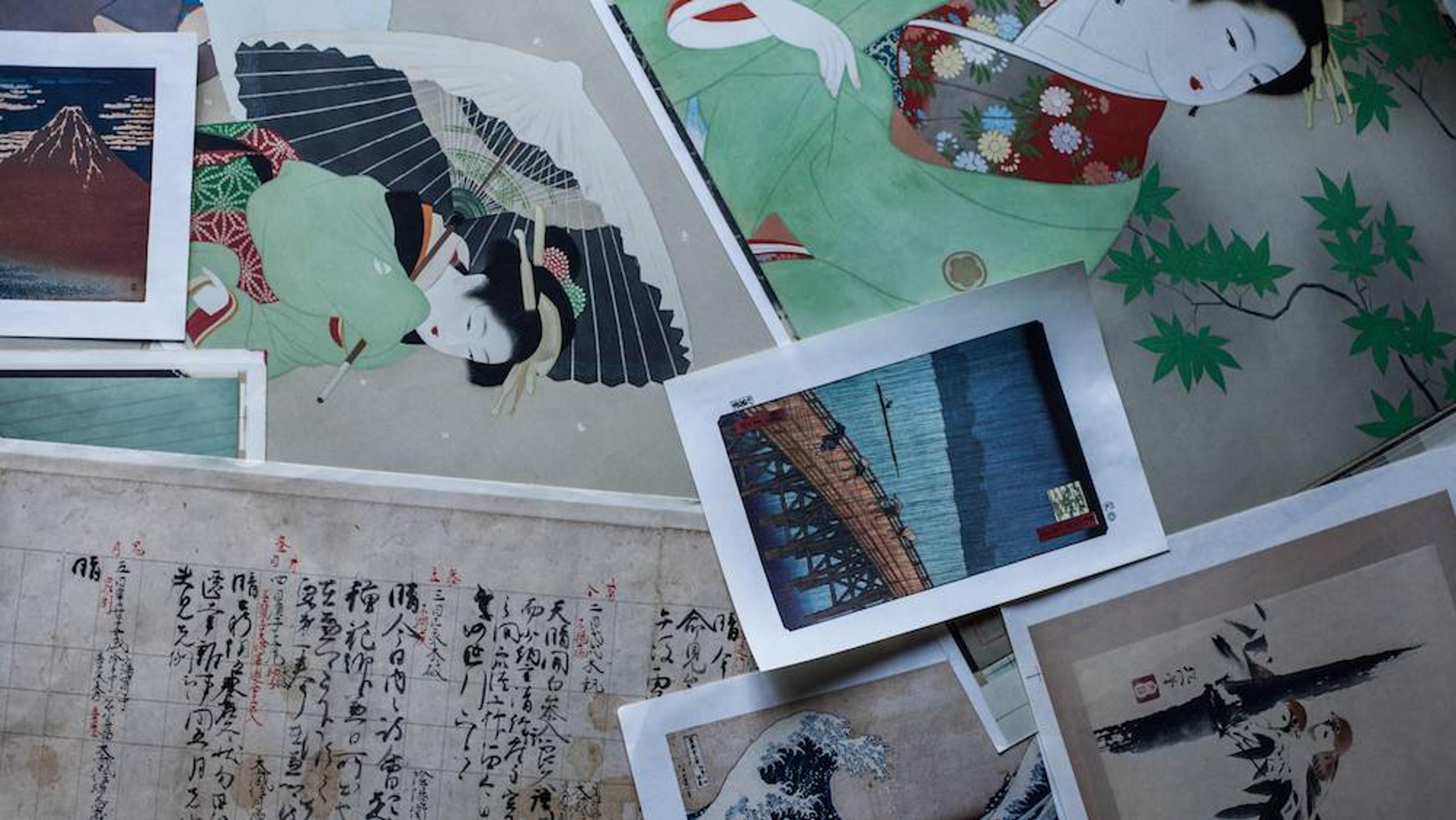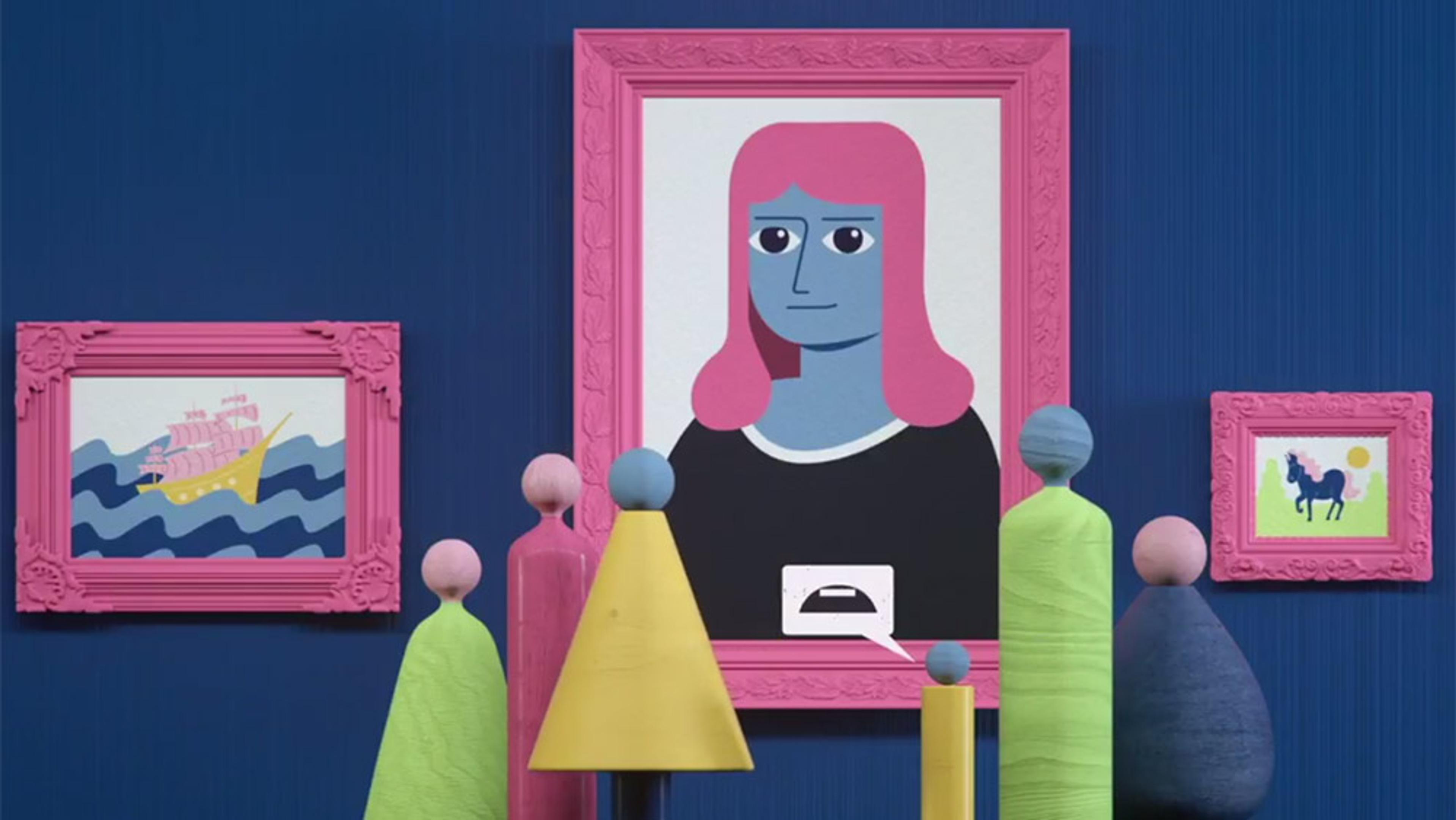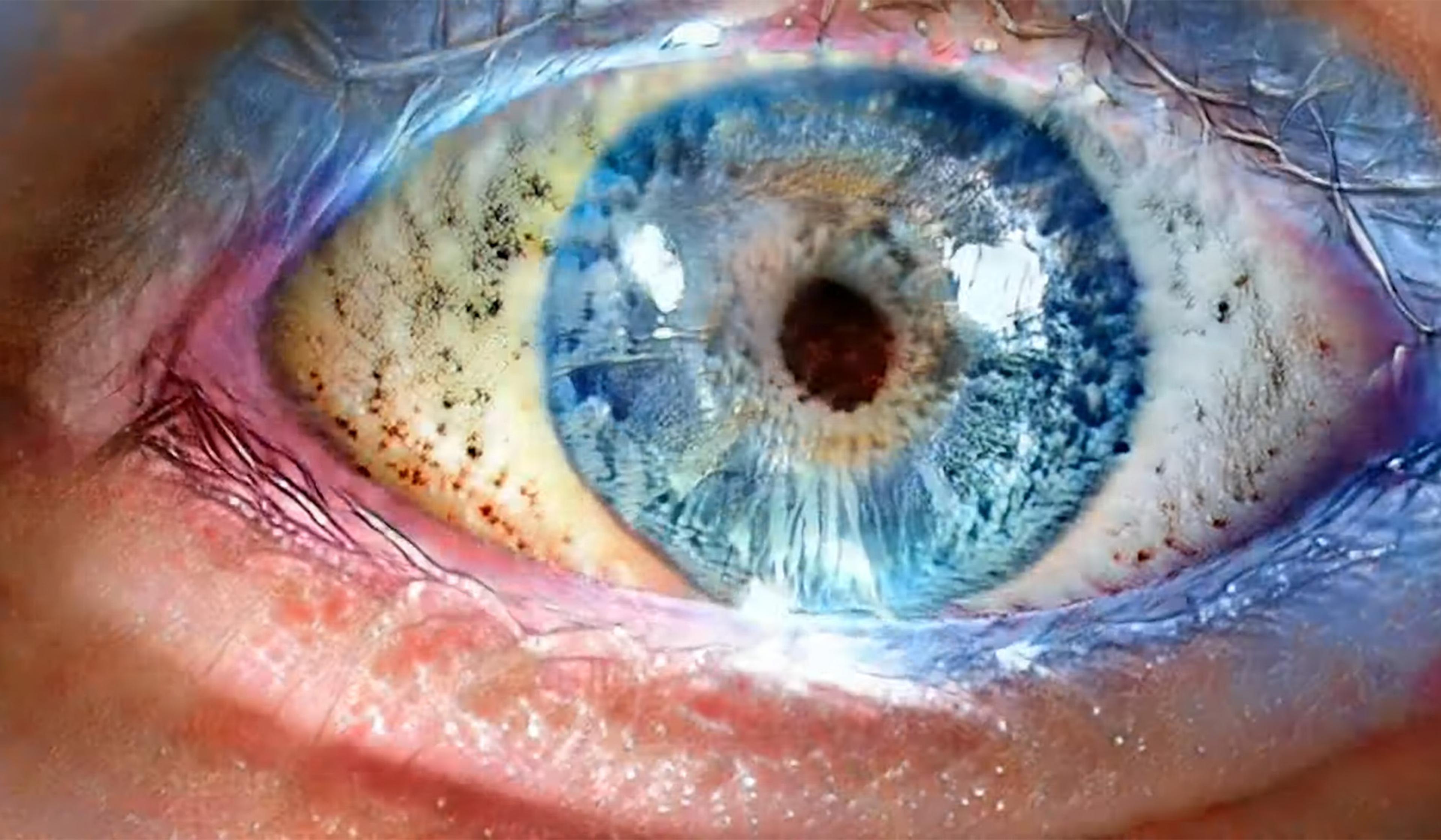The term collage – the artistic technique of gluing different elements together – has its origins in the early modernist movement, especially in Cubist works by Pablo Picasso and Georges Braque. But before such combining of disparate source materials became a mode of the artistic avant garde, collage had eclectic manifestations through history and across cultures – as a method of decorating, a tool for enriching scientific texts, and a means for women to engage with areas of enquiry typically reserved for men. Created to accompany the Scottish National Gallery of Modern Art’s exhibition ‘Cut and Paste: 400 Years of Collage’ in 2019, this video traces the rich roots of the technique, from the invention of paper in China in 105 CE, to its rebirth as an elevated style of modern art in the 20th century.
Cut, paste and remix your way through this century-spanning history of collage
Video by National Gallery of Scotland
Animators: Cat Bruce, Becky Manson

videoArt
The Renaissance art illusion that proved everything is a matter of perspective
14 minutes

videoDesign and fashion
How collotype printing, an outmoded technology, helps preserve Japan’s heritage
10 minutes

videoArt
‘Long Live Degenerate Art’ – how a Surrealist group in Cairo defied repression in 1938
4 minutes

videoArt
Radical doodles – how ‘exquisite corpse’ games embodied the Surrealist movement
15 minutes

videoNeuroscience
On the ‘beholder’s share’ – how past experience influences our perception of art
5 minutes

videoBiotechnology
The uncanny art inspired by evolution and generated by ‘crossbreeding’ images
5 minutes

videoDesign and fashion
The only thing more entrancing than a marbled book cover is the process that creates it
13 minutes

videoBeauty and aesthetics
Can you see music in this painting? How synaesthesia fuelled Kandinsky’s art
10 minutes

videoProgress and modernity
‘Human might, majesty and mayhem’: a visual time capsule from 1965
13 minutes